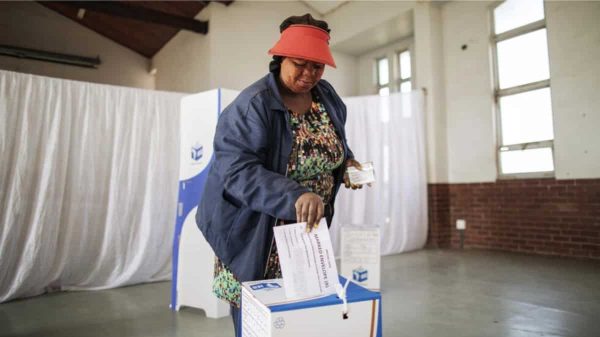Analysis of COVID-19 Impact on US Prisoners
State and federal prisons in the US became hotbeds for the COVID-19 virus during the pandemic, posing a heightened risk to incarcerated individuals.
Staggering Toll on Prisoners
Research conducted by the University of California, Irvine, and Brigham and Women’s Hospital revealed that at the peak of the pandemic in 2020, prisoners were nearly three-and-a-half times more likely to die from the virus compared to the general population.
Increased Mortality Rates
Over 6,000 deaths were documented among incarcerated individuals in the first year of the pandemic, showing a stark increase of at least 50 percent in the overall prison mortality rate, with potentially over 75 percent spikes.
Impact on Older Prisoners
Death rates among prisoners aged 50 and above soared, highlighting the severe impact on older individuals. Lead author of the study, Naomi Sugie, emphasized the greater risks faced by older inmates.
Reduction in Prison Admissions
Data revealed a reduction in prison admissions without a corresponding increase in releases, inadvertently protecting younger individuals from COVID-19 exposure, as incarcerated populations tend to be older.
Variation in Mitigation Efforts
States implemented varied mitigation efforts, with some adopting aggressive testing and lockdown measures, while others lagged behind, leading to increased deaths. For example, Illinois struggled to swiftly implement protective measures as fatalities escalated.
Challenges in Decision-Making
Governors, responsible for releasing prisoners, hesitated to take decisive action due to concerns over potential backlash. Only a few parole boards, like Iowa, witnessed significant increases in releases.
Importance of Learning from the Pandemic
Naomi Sugie emphasized the need to learn from the pandemic to avoid similar situations in the future. She stressed the importance of accounting for past events to better prepare for future crises.
Conclusion
The impact of COVID-19 on US prisoners was significant, with high mortality rates and challenges in decision-making and mitigation efforts. Learning from this experience is crucial to better handle future crises.















































